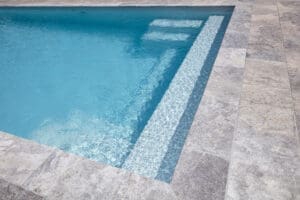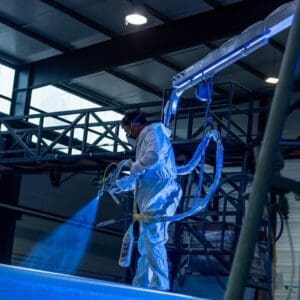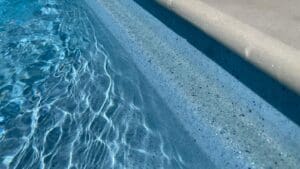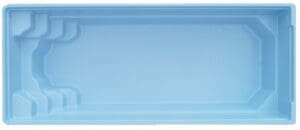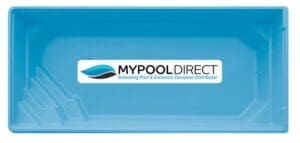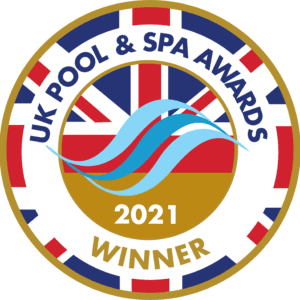Introduction
Hot tubs provide a luxurious and relaxing escape, offering a soothing soak that can melt away stress and tension. To keep your hot tub clean, clear, and safe for your enjoyment, it’s essential to understand the best hot tub chemicals. In this article, we’ll explore the top hot tub chemicals you need to maintain a pristine and inviting spa.
Chlorine: Chlorine is perhaps the most well-known hot tub chemical. It is a powerful sanitiser that effectively kills bacteria, viruses, and algae. You can use either chlorine tablets or granules, depending on your preference. Ensure you have a reliable chlorine test kit to maintain the correct chlorine levels for a safe and comfortable soak.
Bromine: Bromine is an alternative to chlorine and works similarly but with some advantages. Bromine is less harsh on the skin, less affected by pH fluctuations, and less prone to creating a strong chlorine odor. It’s an excellent choice for those with sensitive skin or allergies.
pH Balancers: Maintaining the proper pH level in your hot tub is crucial for water clarity and bather comfort. You’ll need both pH increasers and decreasers to adjust the pH as needed. A pH level of around 7.2 to 7.8 is ideal.
Alkalinity Adjusters: Alkalinity adjusters help stabilize the pH level. They act as a buffer against rapid pH changes and ensure the water remains balanced. Sodium bicarbonate is a common alkalinity increaser.
Shock Treatments: Regular shock treatments, or oxidizers, are necessary to remove organic contaminants and restore water clarity. These chemicals break down unwanted substances, such as sweat and cosmetics, leaving your water fresh and clean.
Water Clarifiers: Sometimes, your hot tub water may become cloudy due to suspended particles. Water clarifiers are used to coagulate these particles, making it easier for the filter to remove them. This results in crystal-clear water.
Calcium Hardness Increasers: Proper calcium hardness is essential for preventing corrosion and scaling in your hot tub. Use calcium hardness increasers to maintain the recommended level, which is typically between 150-250 ppm (parts per million).
Anti-Foaming Agents: Foam can be an annoying side effect of hot tub use, often caused by lotions, detergents, and other contaminants. Anti-foaming agents help eliminate and prevent excessive foaming.
Enzyme Cleaners: Enzyme cleaners are a natural way to break down and remove organic contaminants in the water, reducing the strain on your primary sanitizer. They are particularly useful for reducing scum lines around the waterline.
Metal Sequestrants: If you have hard water or issues with metals like iron or copper in your water source, using metal sequestrants can help prevent staining and scaling in your hot tub.
Conclusion
Maintaining your hot tub with the best chemicals is essential for ensuring a safe and enjoyable experience. Regular testing and maintenance are key to achieving the right water balance and clarity. Choose the chemicals that suit your preferences and specific needs, and always follow the manufacturer’s instructions for the best results. With the right hot tub chemicals, you can keep your spa in pristine condition, so it remains a perfect retreat for relaxation and rejuvenation.


